The Republic of Colombia is known for its complex political history and biodiversity. The country is also culturally diverse with five major ethnic groups. The Spanish colonized Colombia in 1525 and ruled the region until Simon Bolivar led Colombia to independence from Spanish rule in 1819. Colombia became an independent nation, initially as the Republic of Gran Colombia, a large territory with regions that later became Ecuador, Panama, and Venezuela.
For most of its modern history, the country was mired in cycles of political strife, including sometimes violent competition between the Liberal and Conservative parties, a guerilla war, and extensive narcotrafficking. Established in the 1960’s to combat poverty and social injustice, FARC (Revolutionary Armed Forces of Colombia – People's Army) and another guerilla group, the ELN (the Army of National Liberation), engaged in armed conflict to overthrow the government and transform Colombian society. The violence of their campaigns led to the rise of paramilitary organizations, exacerbating the levels of violence and political instability.
In the early 2000s, the government made significant progress with containing the drug cartels. Colombia’s government reached a peace accord with the FARC rebels in 2016. However, some of the more remote and rural regions of Colombia continue to experience violence caused by rival guerrilla factions and organized criminal groups.
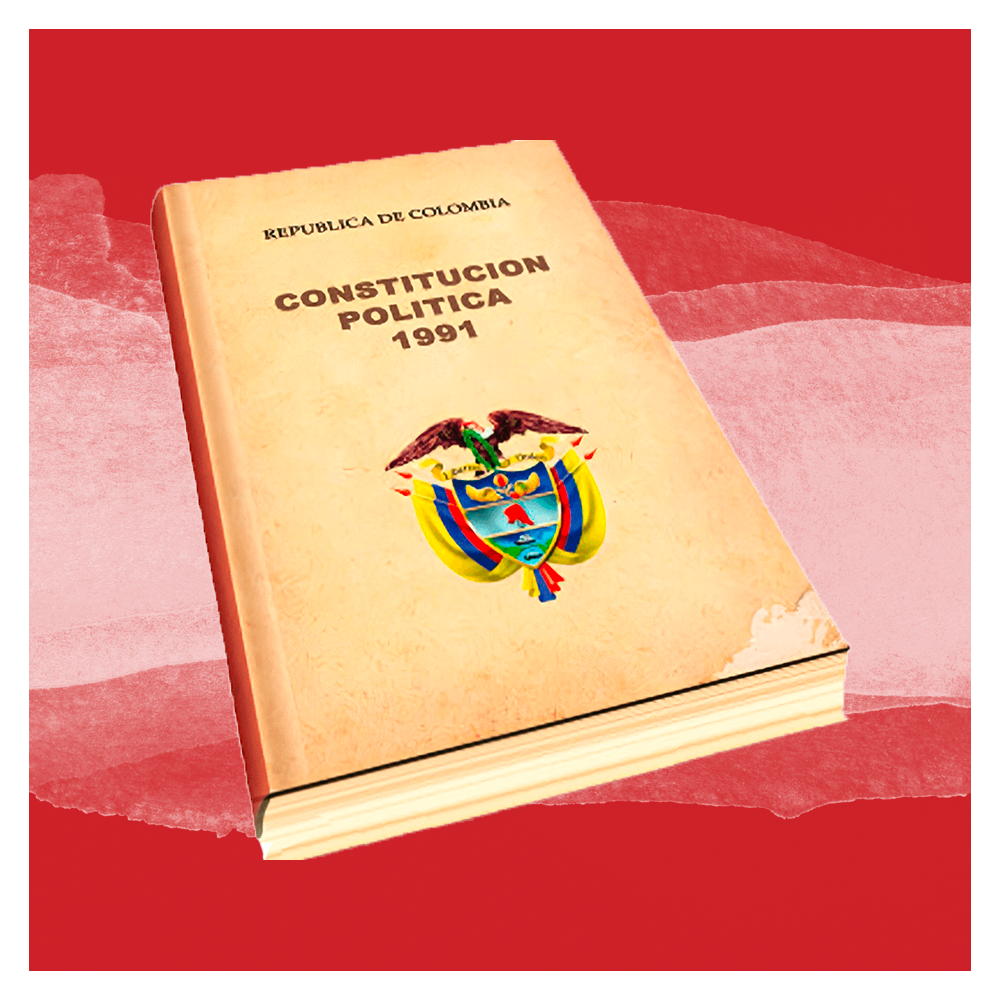
Colombia has had several constitutions; the first was introduced in 1886. The current constitution, passed in 1991, is often called the “Human Rights Constitution.” Its provisions are extensive and confer broad economic and social rights. The constitution also incorporates the terms of the international human rights treaties ratified by Colombia. The legal system follows the civil law tradition, though oral proceedings have been introduced for criminal trials. There are several codes, including: civil and criminal law, civil and criminal procedure, labor law, administrative law, and commercial law.
The Judiciary
Colombia’s court system has five jurisdictions: ordinary, constitutional, administrative, indigenous special jurisdiction (JEI, for its acronym in Spanish), and transitional justice or special jurisdiction for peace (JEP, for its acronym in Spanish). There is also a military justice system and electoral tribunals that resolve election-related disputes. The country is divided geographically into 32 departments; each department has municipalities and may also have subdivisions called districts, townships or in rural areas villages called corregimientos. The subordinate judiciary is organized to reflect these regional entities.
The Supreme Court of Justice (Corte Suprema de la Justicia)
The Supreme Court of Justice is the highest ordinary jurisdiction court. There are 23 seats on the court including the president and vice president. The court has three chambers, civil, criminal, and labor. Justices sit in panels of 4 – 7 judges. The entire court presides over certain complex cases, trials of high government officials, and matters involving representatives of foreign governments. Justices are appointed to single eight-year terms by Supreme Court members from candidates submitted by the Superior Judicial Council.
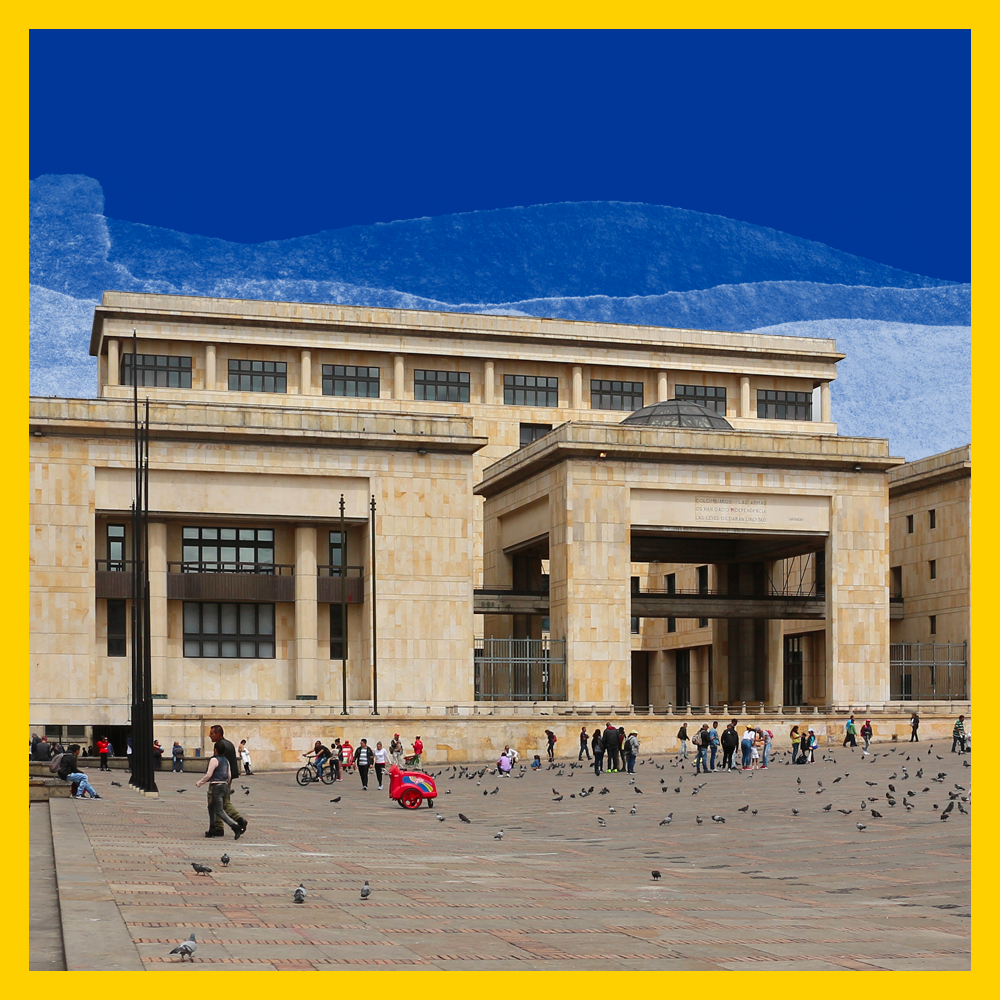
Palacio de Justicia Under Siege
The Palacio de Justicia, the headquarters of the judiciary, houses the Supreme Court of Justice, Constitutional Court, Council of State, and the Superior Judicial Council. In November 1985, members of a rebel guerrilla group, M-19, laid siege to the Palace. All supreme court justices and their court personnel were held hostage along with over a hundred civilians; the siege resulted in many civilian casualties and almost half of the justices were killed. In the aftermath of the tragedy, international and domestic human rights authorities investigated actions taken by the Colombian military to quell the rebel takeover.
Subordinate Courts
The subordinate courts of ordinary jurisdiction hear cases involving civil, family, criminal, commercial, land, and labor matters. The Superior Tribunals of the Judicial District (Tribunales Superiores del Distrito Judicial) are organized geographically and hear both appeals and specially designated first instance cases. The judges on this court are called ‘magistrates’ and hear cases in panels of two or three.
The first instance courts, called ‘juzgados,’ hear first instance cases in municipalities and districts. In many judicial districts, these judges specialize in civil, criminal, labor, or juvenile matters. However, in less populous regions, ‘jueces promiscuos’ (generalist judges) hear all types of cases. Juzgados judges may not be permanently assigned to the more rural, less populous areas of Colombia or in regions still plagued by violence. In order to serve these regions, some judges may be tasked to travel to hear cases; they are called ‘jueces ambulantes'. Another type of judges, jueces de control de garantías, are responsible for ensuring that pre-trial procedures and protocols are followed. They also may be assigned to preside over time-sensitive matters such as an arraignment or emergency hearing, often traveling to the city or town where the crime occurred. They do not preside over trials.
Judicial Selection and Tenure
Judges in the subordinate courts are appointed by the Superior Judicial Council. Attorneys interested in joining the judiciary must pass an exam administered by the Council. Successful applicants attend mandatory pre-judicial training at the Rodrigo Lara Bonilla Judicial Training School. Many are initially appointed as “provisional judges” until their positions are confirmed; however, provisional judges may continue in this status for many years. Judges in Colombia serve until the mandatory retirement age of 70.
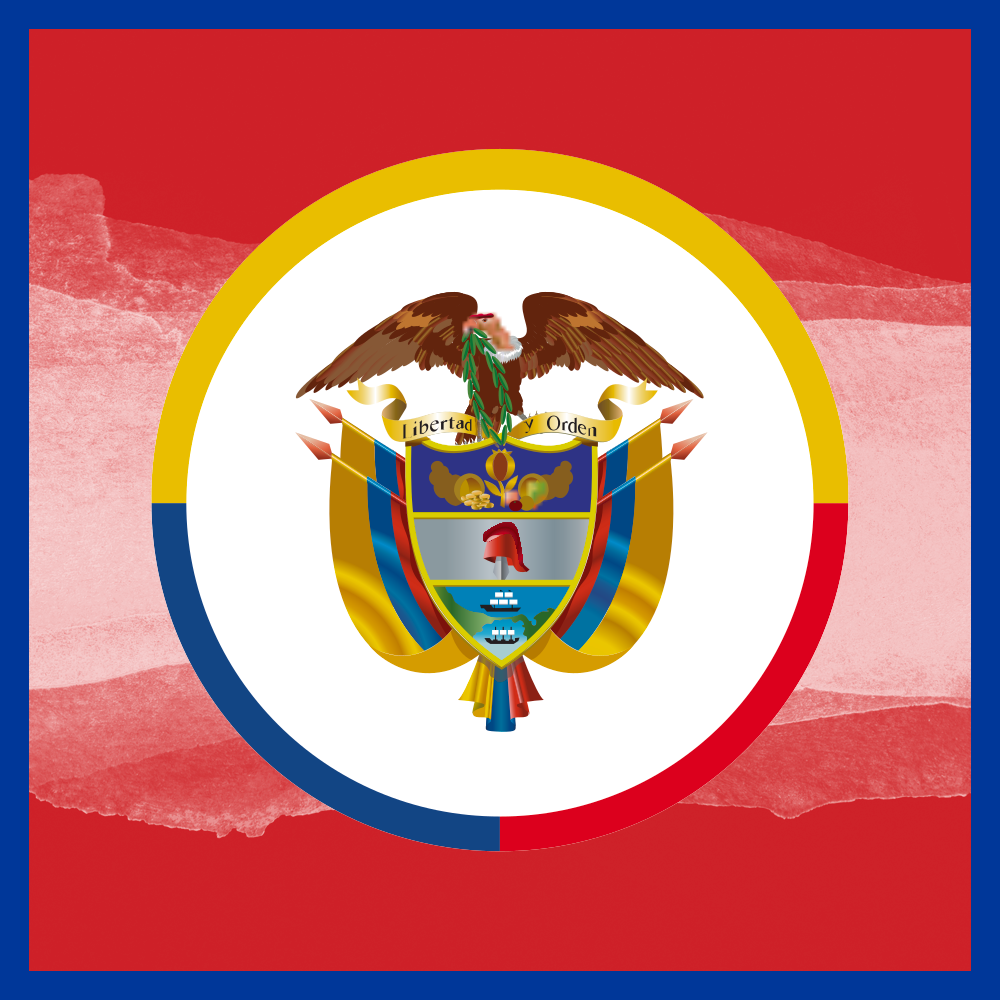
Judicial Education
The Rodrigo Lara Bonilla Judicial Training School (JTS) was named after the former Minister of Justice who was assassinated on the orders of Pablo Escobar, a major drug lord and narcoterrorist, for his work prosecuting members of the Medellin drug cartel. The school is a judicial branch entity supervised by the Superior Judicial Council’s administrative chamber. The JTS is responsible for initial and continuing education of judges and judicial staff, including those aspiring to become judges. The JTS serves over 5,000 judges and almost 30,000 court personnel.
Special Jurisdictions

Constitutional Jurisdiction
The Constitutional Court
The Constitutional Court rules on the constitutionality of legislation, presidential decrees, the ratification of international treaties, and constitutional judicial revision for both laws and decrees. The authority to appoint members of the court is divided among the Supreme Court of Justice, Council of State, and Colombia’s president. Each sends the names of three nominees to the Senate which then votes on the final candidate. The court’s nine justices serve a single eight-year term.

Administrative Jurisdiction
Council of State (Consejo de Estado)
The Council of State is the apex court for administrative matters and the government’s advisory body. Its jurisdiction covers admiralty law, conflicts involving municipalities and departments (including claims against the national government), as well as disputes involving naturalization. The Council also has a unique advisory role: it presides over appeals regarding decisions made by the national government. It is divided into five sections and it has a chamber denominated (Sala de Consulta) and (Servicio Civil). There are thirty-one judges on the Council who undergo the same appointment process as Supreme Court justices and serve an eight-year term.
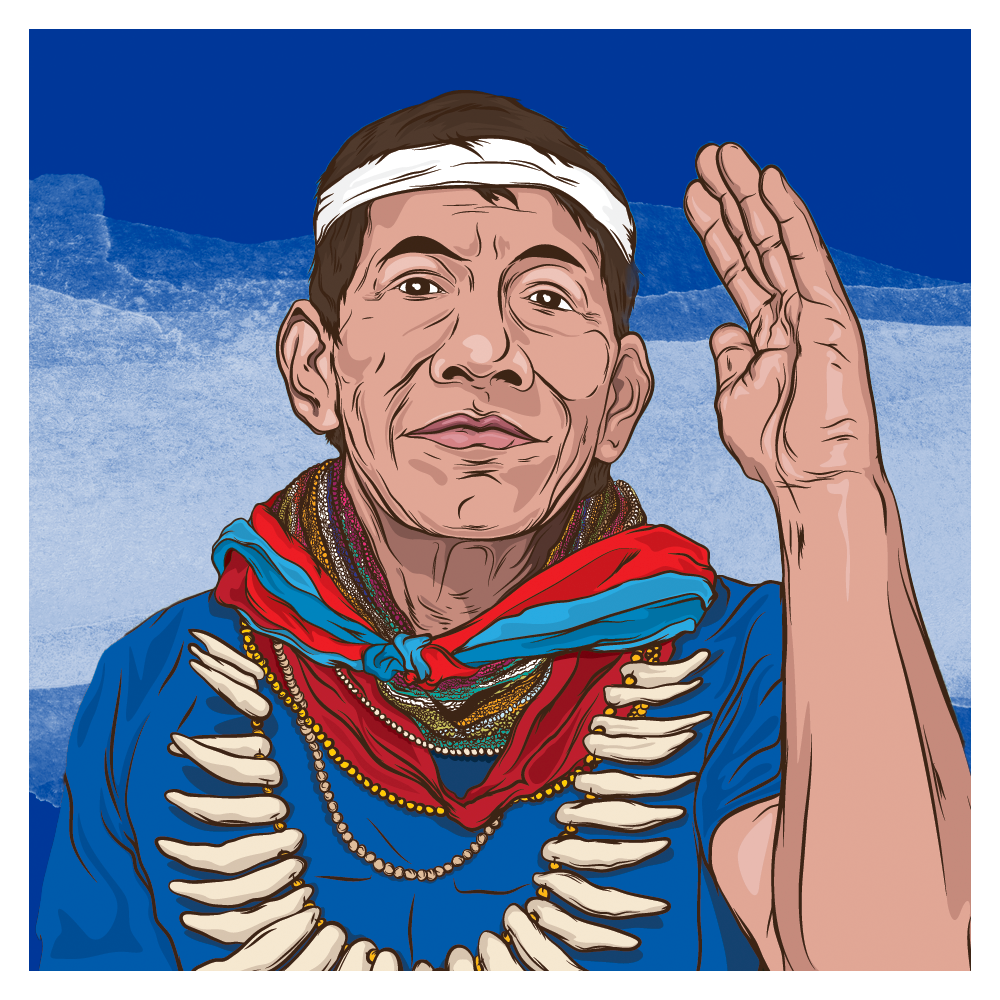
Indigenous Special Jurisdiction
A little over three percent of Colombia’s population self-identify as indigenous, with approximately eighty different self-governing groups. In 1970, Colombia’s Supreme Court recognized the rights of the indigenous community, ruling that the national criminal code could not apply to these communities. However, indigenous groups were in legal limbo, with the government recognizing that the formal justice system did not meet their needs or respect their traditions but not offering an alternative until 1991 when the constitution affirmed the right of indigenous authorities to exercise judicial functions for their communities, with their own rules and procedures.
Each indigenous community has its own criminal justice system. However, the rulings of Indigenous Councils and other tribunals must be consistent with Colombia’s constitution and legislation. The Constitutional Court has held that indigenous justice applies if the offender is indigenous or if the alleged crime was committed within indigenous territory. However, a criminal offense committed by an indigenous person against a non-indigenous person and outside of indigenous territory, an ordinary criminal judge must determine the appropriate jurisdiction for the case and consider a number of factors, including the degree of isolation of the defendant’s indigenous community.
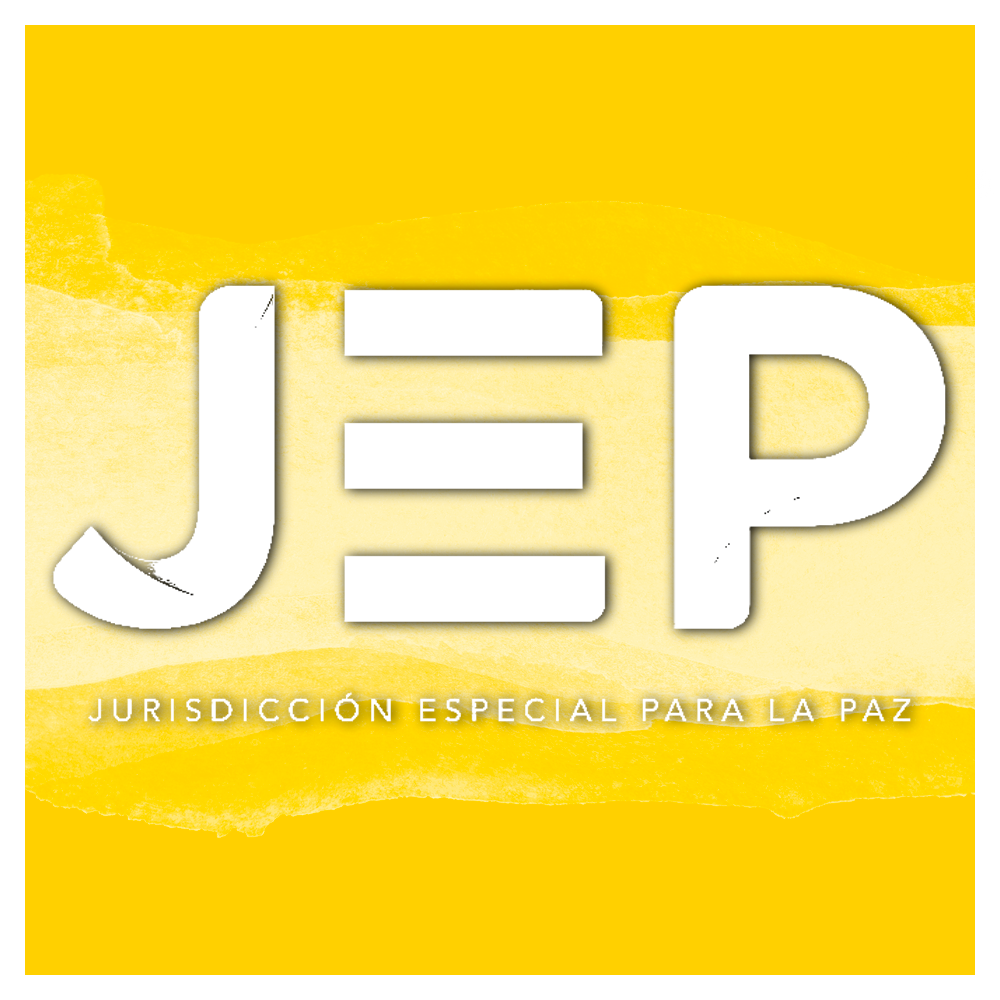
Transitional Justice
In 2016 a peace agreement between the government and FARC created the Special Jurisdiction for Peace (Jurisdicción Especial para la Paz) tribunal for the Comprehensive System of Truth, Justice, Reparation and Non-Repetition. It began to investigate and hear cases in 2018, taking testimony from victims and prosecuting serious human rights violations including kidnapping, torture, extrajudicial executions, sexual violence, forced displacement, and recruitment of minors. There is also a process for granting amnesty and pardons to perpetrators of non-human rights crimes linked to the conflict, such as rebellion and arms dealing. The tribunal was given very broad jurisdictional scope, covering crimes related to the armed conflict committed in Colombia over a span of 50 years. The breadth of this mandate led to challenges with gathering evidence and processing the vast number of claims.
The Special Jurisdiction for Peace has three first instance chambers and one Peace Tribunal divided in four sections, each of which applies domestic and international law, including a chamber for truth and responsibility and another chamber to consider amnesty. Magistrates were selected by an independent committee appointed by third parties designated by the Colombian Government and the FARC-EP. The selection process was implemented through an online platform open to public comments on candidates’ qualifications and proficiency. Criteria for magistrates included provisions that members of minority communities be represented.
 Justice of the Peace (Justicia Communitaria)
Justice of the Peace (Justicia Communitaria)
In 1999, Colombia introduced the Justice of the Peace system to provide a voluntary informal dispute resolution mechanism for local communities, fulfilling the mandate of Article 247 of Colombia’s constitution. Jurisdiction is limited to small claims, except for cases involving domestic matters, competency, and constitutional issues.
Justices of the Peace are lay members of the community with no legal training. They are elected by the community for uncompensated, renewable five-year terms. The law provides that a justice of the peace must apply principles of equity, good faith, and common sense, with sensitivity to the dignity and rights of community members. There are second instance justices of the peace who are called ‘reconsideration justices.
Court Administration
 Superior Judicial Council (Consejo Superior de la Judicatura)
Superior Judicial Council (Consejo Superior de la Judicatura)
The Superior Judicial Council is responsible for overseeing the country’s judicial system, including setting policy and strategic planning. Its nine members hold the title of 'Justice' and are appointed by the presidents of the Supreme Court of Justice, Constitutional Court, and Council of State as well as representatives from the magistracy who serve four-year terms. The Judicial Council has an Administrative Chamber that manages judicial branch resources. This chamber’s responsibilities include the budget, judicial map, and review of caseload data. The Superior Judicial Council also has authority over the selection, assessment, and promotion of subordinate court judges and court personnel. The Judicial Council’s disciplinary chamber, the National Judicial Discipline Commission, is responsible for judicial and attorney conduct and discipline. Members of this commission are nominated by the Judicial Council and Colombia’s president.
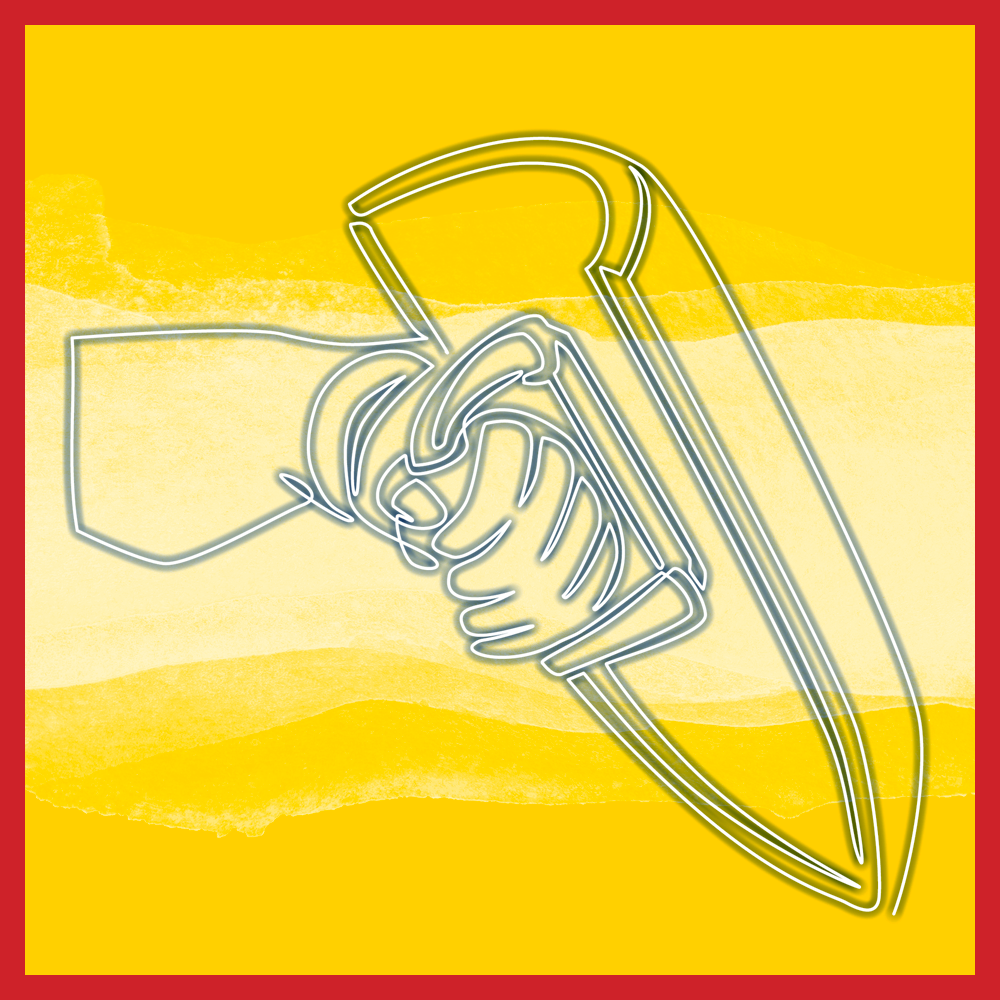
Acción de Tutela
Citizens of Colombia have a constitutional right to file a writ with any court in the country alleging a violation of a constitutional right. This writ is called a “tutela” and is a remedy very similar to the Mexican amparo. A tutela may be filed formally or informally, orally or in writing, with or without an attorney. This flexibility that significantly enhances access to justice. A tutela also may be filed on behalf of others. Judges are required to review these writs within ten days, and parties involved have three days to appeal a court judgment. The Constitutional Court has authority to review tutela petitions but because of the large number of these petitions, selects a limited number for examination.
Tutelas are the “most popular legal remedy” in Colombia. They have been used to gain relief from medical discrimination, compel recognition of an intergenerational pact to reduce deforestation of the Colombian Amazon, and affirm the right of civil society groups to provide public health information to consumers through public service announcements.
Transition to Adversarial, Oral Proceedings
In 2004, Colombia passed legislation to move away from the inquisitorial model and adopt the oral, adversarial system for criminal proceedings. Similar reforms were implemented in other countries in South and Central America as well as certain regions of Mexico. The introduction of adversarial proceedings in Colombia was intended to enhance the transparency and accountability of the criminal justice system. They provide an opportunity for the public to observe witness testimony in open court, strengthen the opportunity to pose a defense for the accused, demand a higher level of preparation on the part of the prosecution, and affirm the role of judge as impartial adjudicator.
This initiative was introduced throughout the country from 2005 – 2008. It required significant institutional investments, including drafting new evidentiary rules and codes of procedure, training judges, prosecutors and defenders, and building courtrooms to accommodate oral testimony.
